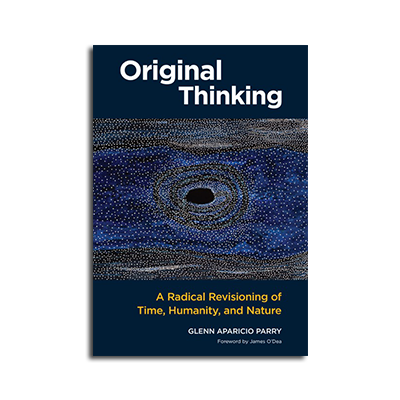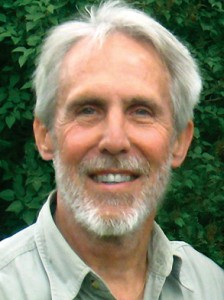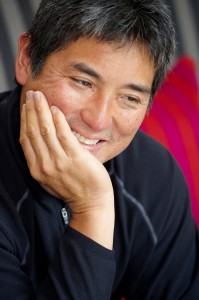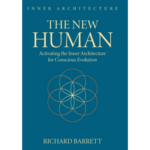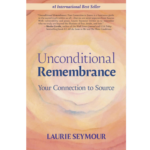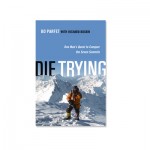 I recently interviewed Carter Phipps about his new book entitled ” Evolutionaries-Unlocking the Spiritual and Cultural Potential of Science’s Greatest Ideas“. Carter does as wonderful job of bridging the gap between faith and science throughout his book. He has incorporated stories and interviews with some of the greatest evolutionary thinkers from current time and the past. This allows the reader to gain a perspective about how evolution and our ability to adapt and adopt provides a new worldview and hopefully a shift in our consciousness.
I recently interviewed Carter Phipps about his new book entitled ” Evolutionaries-Unlocking the Spiritual and Cultural Potential of Science’s Greatest Ideas“. Carter does as wonderful job of bridging the gap between faith and science throughout his book. He has incorporated stories and interviews with some of the greatest evolutionary thinkers from current time and the past. This allows the reader to gain a perspective about how evolution and our ability to adapt and adopt provides a new worldview and hopefully a shift in our consciousness.
Carter states that evolution embraces everything from economics to psychology, from politics to religion, from ecology to technology. I could not agree more, and as one takes a deep introspective look at their lives they can see that where a blur between faith and science once may have existed , it is now becoming clear and they can see the interconnection of all living things.
Carter cites the work of biologists Lynn Marguils who discovered the first nucleated cell called eukaryote as an example of how nature is working in cooperation vs. competition. This is a wonderful example of how our society and culture needs to evolve and is evolving into a world model of cooperation vs. competition. This is a significant shift in our worldview and evolution for with the new model of cooperation we will speed up the evolution of our species, and we will most certainly see breakthrough in areas of science, technology, politics, spirituality, religion, psychology and the sciences that will make our lives significantly better.
Carter cites a story about Zoltan Torey who was on the verge of death after a terrible accident in a battery factory when acid was dumped over his whole body, leaving him blind. Torey wrote an autobiography entitled Out of Darkness and a 1999 book entitled “The Crucible of Consciousness“. What Torey conveyed in his book was a model how the brain creates the experiences of consciousness and how the miracle of self-reflection has evolved the human animal; what Carter conveys through Torey’s story is how a new kind of ethical context has quietly descended on human awareness over the last years and decades, almost unrecognized, like an unseen snow falling softly during the night, only to reveal a changed world in the light of the morning sun.
Truly this is what is happen, we are evolving as a species and all the support systems around us are evolving as well. Our evolution is bringing science and faith closer together, and as it does we will start to see clearly the interconnection of all living things. I highly recommend that you read Carter Phipps new book entitled “Evolutionaries” is will provide content for deep contemplation and reflection about who and what we are becoming.
For more information about Carter Phipps please click here to be directed to his website, or click here to watch a great YouTube video about the book.
